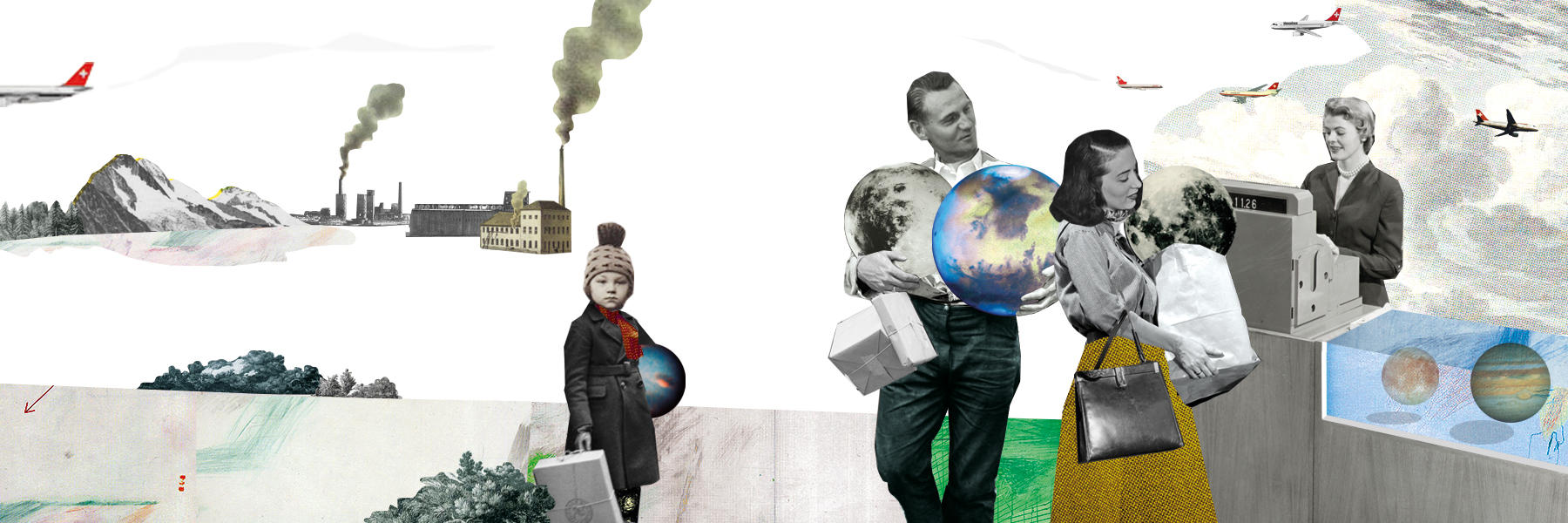The reality of climate change in Switzerland
In landlocked Switzerland temperatures are rising faster than in regions which benefit from the ocean’s cooling effect. The first video in our two-part series shows how climate change is affecting the Swiss landscape, economy and people.
While average global temperatures are 0.85 degrees Celsius above pre-industrial levels, Switzerland has seen an increase of two degrees over the same period. Since 1850, its glaciers have lost 60% of their volume. As they continue to melt, the country risks losing an important reservoir, affecting farming, hydropower production and transport on Europe’s main waterways.
Meanwhile, the Swiss travel a lot by train, and Swiss trains run on hydroelectric power. But high levels of convenience and consumption of imported goods jack up the national carbon footprint. How does Switzerland compare to other countries? Find out in this video.






You can find an overview of ongoing debates with our journalists here . Please join us!
If you want to start a conversation about a topic raised in this article or want to report factual errors, email us at english@swissinfo.ch.